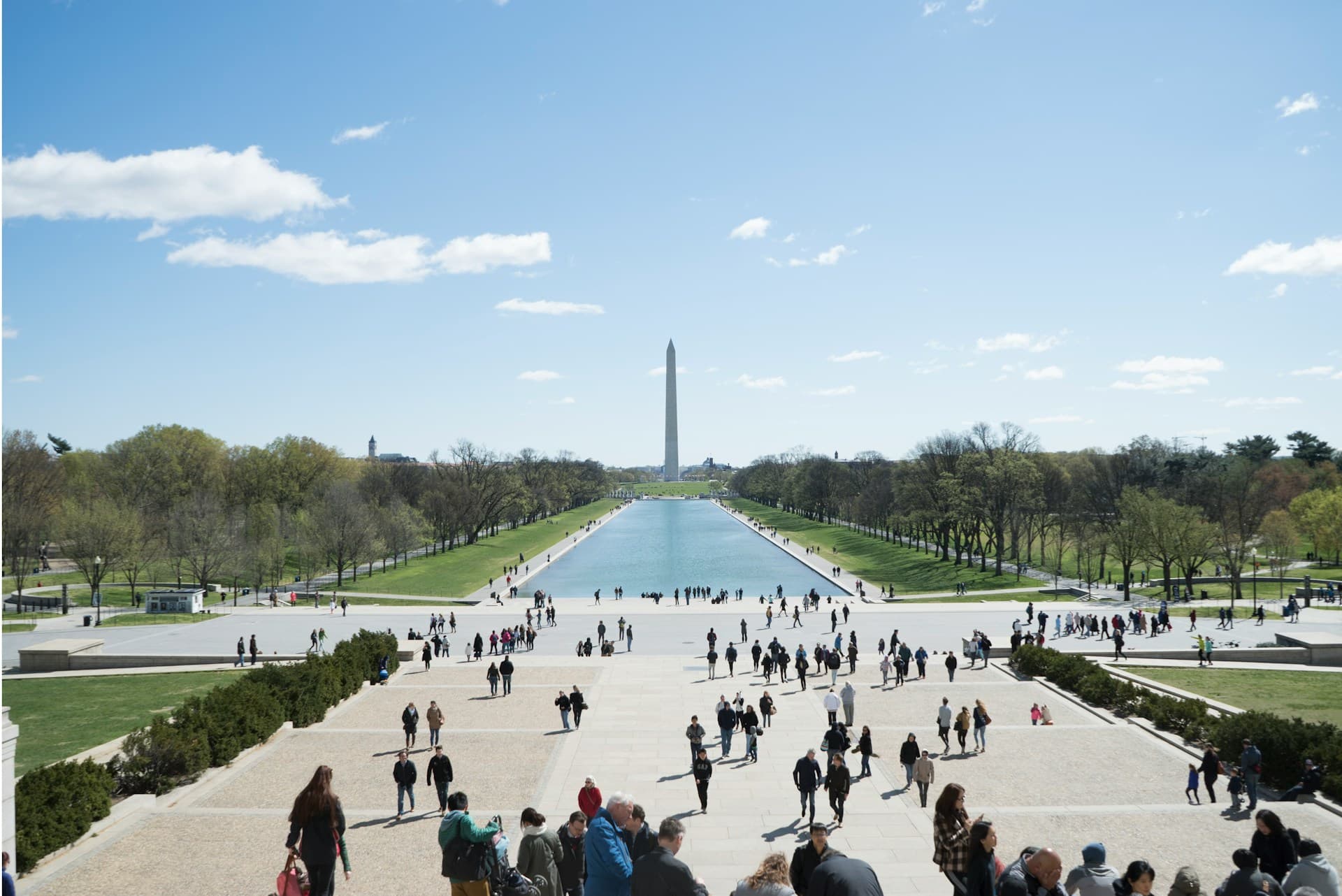Three Years In, Common Core Works Despite Funding Challenges

With only a year before mandated assessments and administrative evaluations kick in, most Common Cores states have managed to transition to the more rigorous standards, despite the lack of funding and resources set aside for the program.
Yet, state superintendents complain that they still suffer from staff shortages and adequate teacher development training resources to make sure educators can successfully teach to the standards.
A survey by George Washington University’s Center On Education Policy found that within the three years since the Common Core State Standards was introduced, most states have developed state implementation plans, created teacher guides and professional development programs, and have conducted informational meetings and initiatives to get all schools on track with CCSS.
Of the 40 states that were surveyed, 30 of them have already phased in the new ELA and math curriculum in some of their districts.
State superintendents also agree the standards are more rigorous than previous state-established standards. More than half of the states in the study express a need to make changes to the curriculum and course materials for Common Core’s English Language Arts and math components
Even with the general consensus among states that Common Core will be here to stay, the problem lies with state and federal legislative support to appropriate funding for the long-term sustainability of the standards.
“It is pretty clear that most state leaders believe the Common Core represents a significant shift toward more rigorous academic standards in math and English language arts and that students will benefit from that increased rigor,” said CEP Executive Director Maria Ferguson. “It is equally clear that states are facing significant challenges in preparing and supporting teachers and school leaders as they implement the standards across grades.”
Researchers found that 16 states saw an increase in their k-12 state budgets. Only eight saw an increase in their state education agency budgets. A majority of state BOE budgets remained the same. And a total of 18 states saw a decrease in either their k-12 or education agency budget.
The effect of unequal budgets between states trickles down to how well CCSS is carried out. Implementation plans across states are inconsistent.
According to the survey, for example, 17 states have or will recommend or require the use of new coursework aligned with CCSS. At the same time, however, 16 states don’t authorize their education agencies to develop course materials.
For four states, textbooks and digital materials are not a focus of state-led efforts and two states are not sure if they have a plan for associated curriculum resources.
In terms of teacher development, most states have plans for training teachers and leaders about the new standards, whether that means school briefings on CCSS, reviewing certification, or offering guides to assist educators in implementing the new curriculum in their classrooms.
Yet, there are a few state BOE’s that have not made some of these initiatives a priority or lack the authority to do so.
Without bipartisan support for Common Core, getting the funding necessary will continue to challenge state superintendents as they wrestle with how to lay the foundation for CCSS.
“Finding adequate resources is the main challenge looming over states’ efforts to prepare districts, schools, principals and teachers for the Common Core,” said Diane Stark Rentner, deputy director of national programs for CEP and author of the study. “Assessments aligned to the new standards will be ready to administer in 2014-15, but funding problems will likely hamper states’ efforts to make sure that principals and teachers are prepared to help students master the standards.




